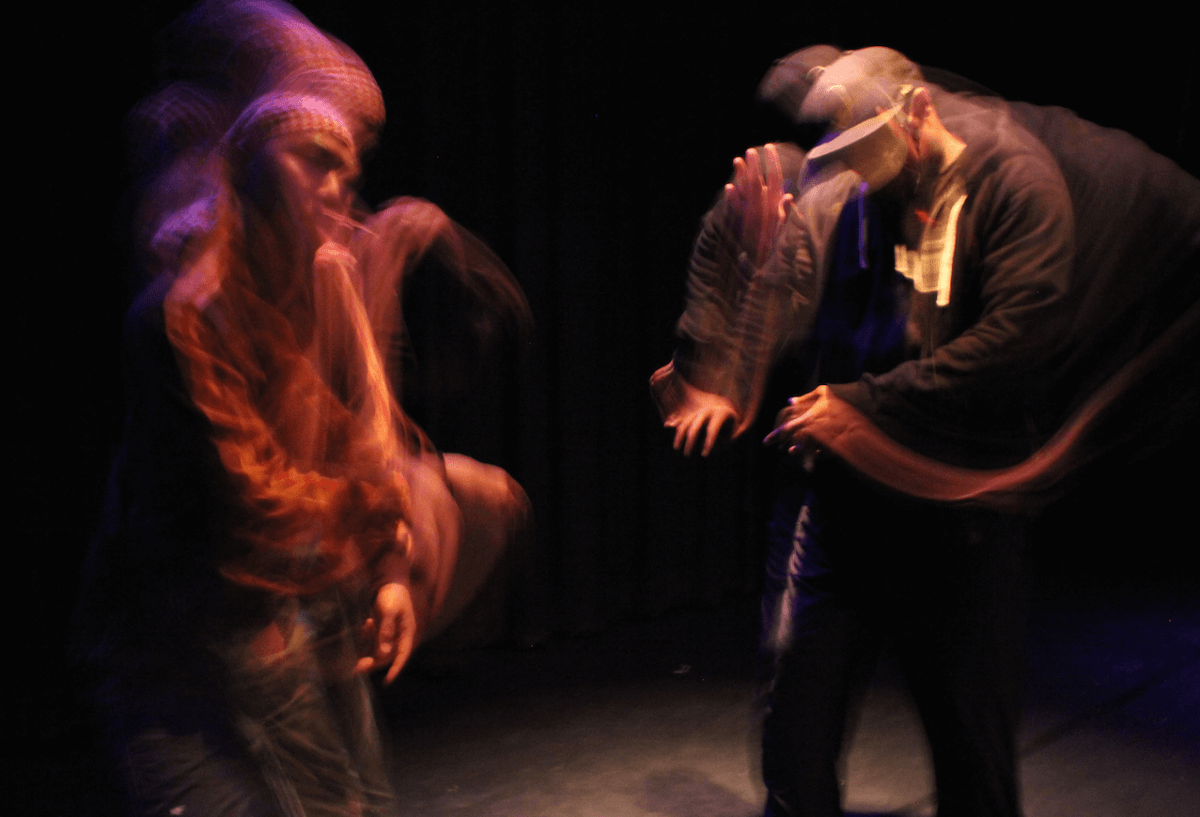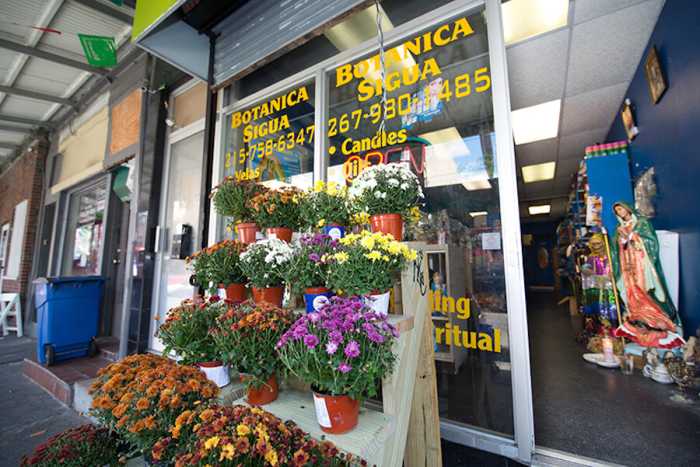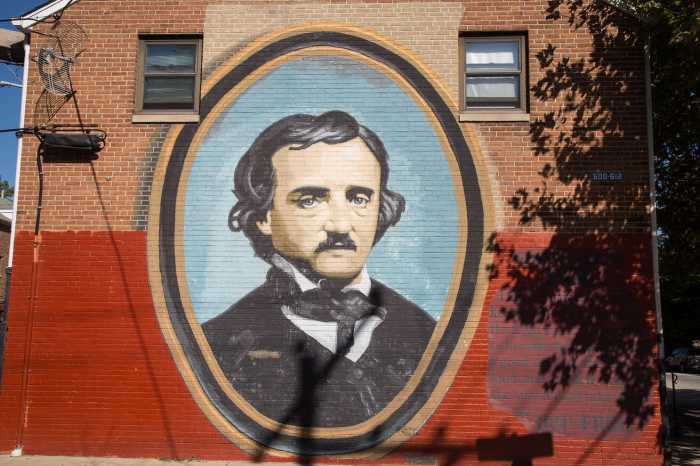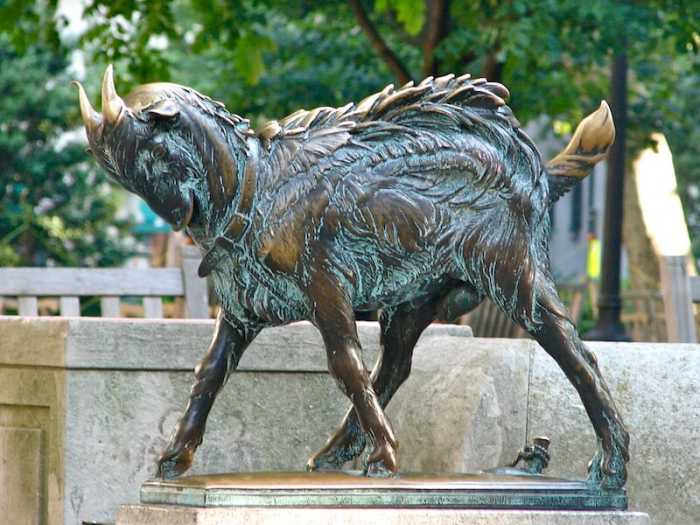When Michael Sakamoto was 15 and growing up in Los Angeles, he would spend hours in front of his bedroom mirror, behind closed doors, trying to emulate the popping moves he’d seen on the city’s hip-hop scene. He seemingly left those moves behind when he dedicated himself to the study and practice of butoh, the Japanese dance theater form that arose in the aftermath of World War II. But those two worlds have finally converged in “Flash,” the new piece that Sakamoto co-created with Philly hip-hop dance pioneer Rennie Harris.
“I feel like this is probably the piece I’ve been waiting to do my whole life,” Sakamoto says. “It encompasses all the aspects of who I am.”
Though most dancers get their start as children, Sakamoto didn’t discover butoh until his mid-20s. He was a photographer and video and media artist with no real desire to be a performer — until he saw a performance by Kazuo Ohno, one of the co-founders of butoh, in 1993. “When I saw an 86-year-old man do a 90-minute solo, holding the audience’s rapt attention with minimum movement but so intense, so passionate, incredibly dark and incredibly light all at the same time,” he says. “I was hooked.” The seeds for “Flash” were planted when Sakamoto read a review of Harris’ signature piece, “Facing Mekka,” in which the critic noted the influence of butoh’s “body in crisis” approach in Harris’ work. Sakamoto was intrigued, and got the opportunity to meet Harris a few years later when the hip-hop choreographer was teaching at UCLA. “We started this dialogue about how the two cultures come from very similar post-war roots,” Sakamoto says. “The first-generation artists in both butoh and hip-hop really created a form of performance and of expressing the self from conditions of social marginalization.” Finding a theme
Despite the difference in their styles, Sakamoro and Harris share similar philosophical approaches to dance that allowed them to find common ground in their duet piece.
“Rennie approaches hip-hop through his spirituality, through his personal history, and through all the various forms and styles and vocabularies of movement that grew out of hip-hop culture,” Sakamoto explains. “That’s how I approach butoh as well. “Intercultural dialogue, understanding and sharing are really important because there’s so much strife and tension in the world. We’re just trying to add our voices to that healing.”
Rennie Harris and Michael Sakamoto: ‘Flash’
Dec. 12-13, 8 p.m.
Painted Bride Art Center
230 Vine St.
$25-$30, 215-925-9914
Fast hip-hop and slow Japanese butoh blend in ‘Flash’

Janelle Weatherford



























